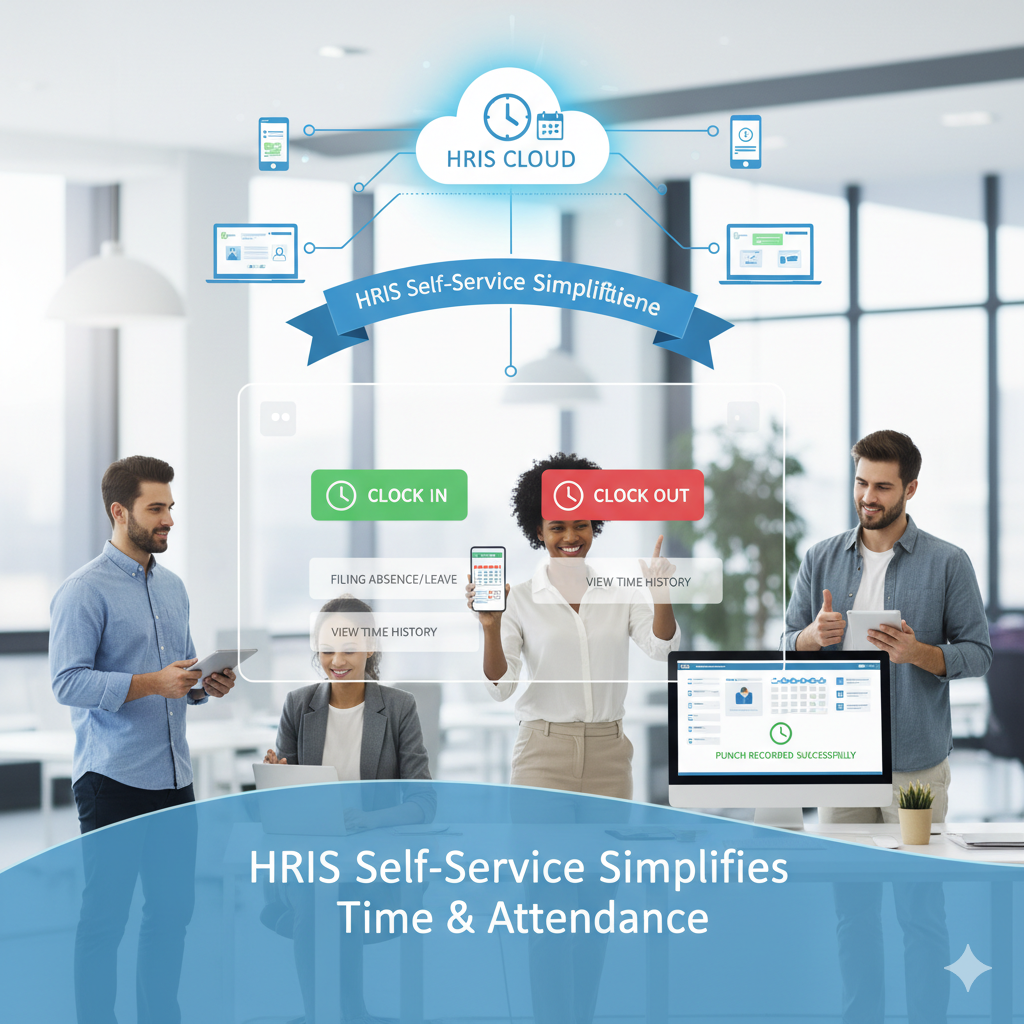Address
Kaypian, San Jose Del Monte City, Bulacan Philippines
Work Hours
Monday to Friday: 8AM - 6PM
Weekend: 10AM - 5PM
Address
Kaypian, San Jose Del Monte City, Bulacan Philippines
Work Hours
Monday to Friday: 8AM - 6PM
Weekend: 10AM - 5PM


Integrated HR. Accurate Payroll.


Integrated HR. Accurate Payroll.

In today’s fast-paced digital workplace, Human Resource Information Systems (HRIS) have become essential tools for managing employee data, attendance, and performance. One of the most time-consuming issues HR teams face is the manual handling of Failure In/Out filing—the process employees follow when they forget to log their attendance (either clocking in or out).
With the rise of HRIS self-service portals, employees can now file their Failure In/Out requests easily and accurately, reducing administrative workload and improving transparency. This blog explores how HRIS self-service simplifies this process for both employees and HR teams.
Failure In/Out filing occurs when an employee fails to log in or log out in the attendance system—whether due to technical issues, forgetfulness, or being assigned off-site work. Traditionally, employees would need to submit manual forms or emails to HR to correct these attendance discrepancies.
However, manual correction often leads to:
A self-service HRIS platform allows employees to manage many of their own HR-related tasks—such as updating personal information, viewing payslips, applying for leave, and, importantly, filing Failure In/Out requests.
This empowers employees while helping HR teams focus on more strategic tasks instead of repetitive data entry.
| Benefit | Description |
| Accuracy | Reduces attendance discrepancies and payroll errors |
| Efficiency | Speeds up the approval and correction process |
| Transparency | Employees can track their submissions easily |
| Empowerment | Promotes employee responsibility and autonomy |
| Data Security | Ensures attendance records are securely stored and auditable |
HRIS self-service technology is transforming how companies manage attendance and employee accountability. By simplifying Failure In/Out filing, organizations can achieve greater efficiency, accuracy, and transparency in their HR operations.
For HR teams, it means less paperwork and more time for strategic initiatives. For employees, it means convenience, empowerment, and trust in the system.
If your organization hasn’t yet adopted HRIS self-service for Failure In/Out filing, now is the perfect time to modernize your HR processes.